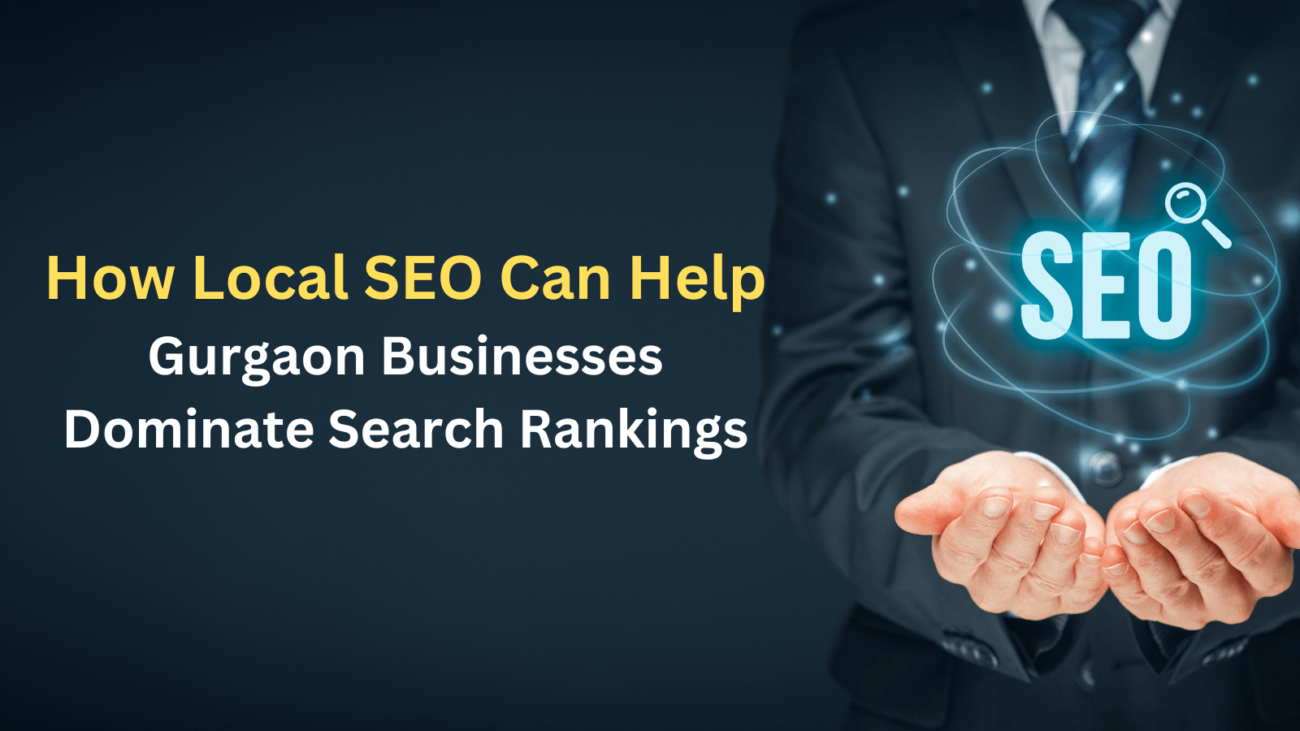In today’s digital era, having a strong online presence is essential for businesses to thrive. Whether you are a startup or an established enterprise, a well-designed website is the foundation of your digital identity. If you are looking for the best website designing company in Gurgaon, look no further than Brand2Grand. With years of expertise, innovative solutions, and a client-centric approach, Brand2Grand has emerged as the preferred choice for businesses across industries.
Why Choose Brand2Grand?
1. Customized Website Solutions
Brand2Grand understands that each business is unique, and so are its website requirements. Whether you need a corporate website, an e-commerce platform, or a portfolio site, Brand2Grand tailors its solutions to meet your specific needs.
2. Expertise in Modern Technologies
As a leading website designing company in Gurgaon, Brand2Grand leverages the latest web technologies, including HTML5, CSS3, JavaScript, WordPress, and Shopify, ensuring that your website is both functional and aesthetically pleasing.
3. SEO-Optimized Designs
Having a beautifully designed website is not enough; it needs to be visible to potential customers. Brand2Grand ensures that every website is SEO-friendly, improving its ranking on search engines and increasing organic traffic.
4. Mobile-Friendly and Responsive Designs
With a significant portion of users accessing websites via mobile devices, responsiveness is a priority. Brand2Grand creates websites that are fully optimized for mobile, tablet, and desktop, offering an exceptional user experience.
5. User-Centric Approach
User experience (UX) is a major factor in website success. Brand2Grand focuses on intuitive navigation, fast loading speeds, and engaging layouts to enhance user satisfaction and retention.
6. Affordable Pricing Packages
Brand2Grand provides cost-effective website designing solutions without compromising on quality. Whether you are a small business or a large enterprise, you can find a package that suits your budget.
7. Comprehensive Digital Solutions
Beyond website design, Brand2Grand offers a complete suite of digital services, including web development, SEO, app development, and branding solutions, making it a one-stop destination for all your digital needs.
What Sets Brand2Grand Apart?
- Industry Experience: Proven expertise in designing websites for various industries, including healthcare, retail, finance, and education.
- Client-Centric Approach: Personalized services and a focus on delivering value to clients.
- Cutting-Edge Design Trends: Staying ahead of the latest web design trends and technologies.
- Timely Project Delivery: Efficient project management ensures websites are delivered within the stipulated timeframe.
- Strong Customer Support: Dedicated support to assist clients even after project completion.











